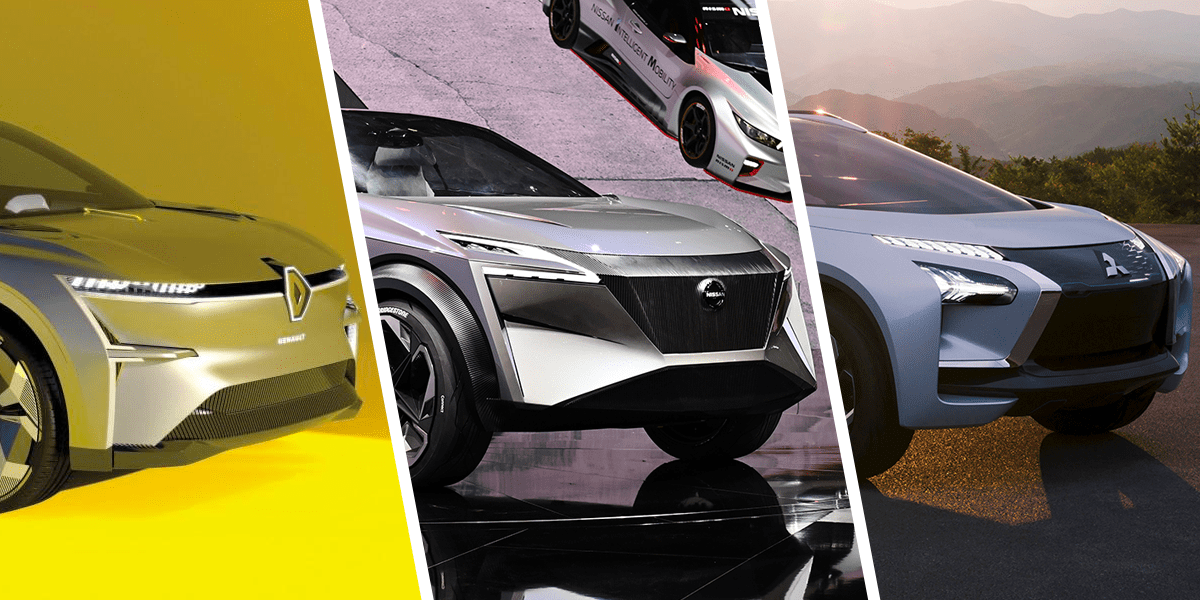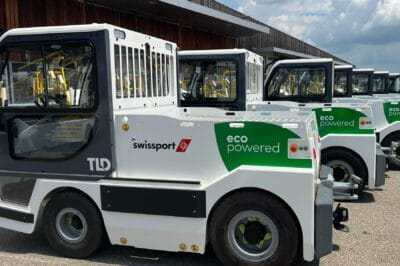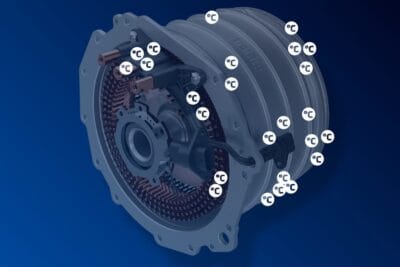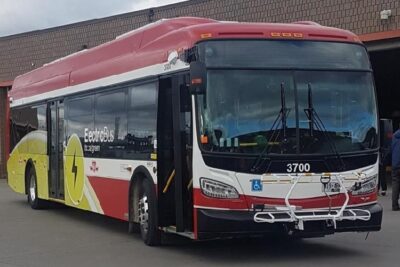Renault-Nissan-Mitsubishi restructure cooperation
The Renault-Nissan-Mitsubishi manufacturing alliance is restructuring its cooperation. The guiding principle of the cooperation is the so-called ‘leader-follower’ principle for regions, vehicles and technologies in order to achieve greater efficiency and competitiveness in these areas.
Two guidelines form the core of the plan: On the one hand, the companies will be more strongly divided into specific global regions, and on the other hand, the leader-follower principle is intended to save costs. There will be one “mother vehicle” and “sister vehicles” per vehicle segment (and region), derived from the mother vehicle. What is new is that the sister vehicles are also to be developed by the leading company.
“The new business model will enable the Alliance to bring out the most of each company’s assets and performing capabilities while building on their respective cultures and legacies,” said Jean-Dominique Senard, Chairman of the Alliance Operating Board and Renault President. “The three companies of the Alliance will cover all vehicle segments and technologies, across all geographies, for the benefit of every customer, while increasing their respective competitiveness, sustainable profitability and social and environmental responsibility”.
Although the cooperation is intensifying, a merger between the carmakers, pushed by former CEO Carlos Ghosn, is off the table. “There is no plan for a merger. We don’t need a merger to be efficient,” Senard said. The companies hope that the new structure will put an end to the power-sharing quarrels that have lasted for over a year and a half. These broke out after Ghosn was dismissed at the end of 2018.
In Europe, Russia, North Africa and South America, Renault is to be the reference and thus develop the mother vehicles. In China, North America and Japan Nissan will be the responsible company, in the ASEAN countries and Oceania the lead will be taken by Mitsubishi. Each of the companies is to concentrate on these defined core regions and be among the “most competitive” car manufacturers there – thus also increasing the competitiveness of the partners.
The stated aim of the reorganisation and clarification is to achieve greater standardisation. In the future, for example, not only common platforms but also body parts will be discussed. The technically closely related mother and sister vehicles are to be produced “for all brands using the most competitive configuration, if necessary also by joint production”. The companies have not yet provided any details of the exact consequences of this production reorganization for individual plants.
The development of electric drives has also been divided according to the targeted markets: Renault will be responsible for the CMF A/B platform for models in the A and B segments, while Nissan will develop the larger CMF EV platform. The plug-in hybrids for the C and D segments will be developed by Mitsubishi. Connectivity development is also split: Renault is taking over the Android-based platforms, while Nissan is pushing the “China” platform.
In Europe, the responsibility lies with Renault
The existing cooperation in light commercial vehicles is a model for the leader-follower principle and is to be continued. Overall, the alliance partners expect a reduction in model investments of up to 40 per cent for models developed and built entirely on the basis of this approach.
The leader-follower principle is to be introduced with the next model change. Specifically, Nissan will be responsible for the renewal of the C-SUV segment after 2025, while the future renewal of the B-SUV segment in Europe will be managed by Renault. By 2025, almost 50 per cent of the models of the three brands are to be developed and produced according to the principle.
In other words: in Europe, responsibility for the new models lies primarily with Renault. The electric drives for the smaller models are developed here, as are the mother vehicles, from which Nissan and Mitsubishi variants are then derived. The individual brands intend to hold their own press conferences on this subject in the coming days. In the case of Renault, a multi-billion euro savings plan is likely to be added – after all, the French state has just granted the manufacturer a loan of five billion euros in its aid package for the car industry.
With reporting from Sebastian Schaal





1 Comment